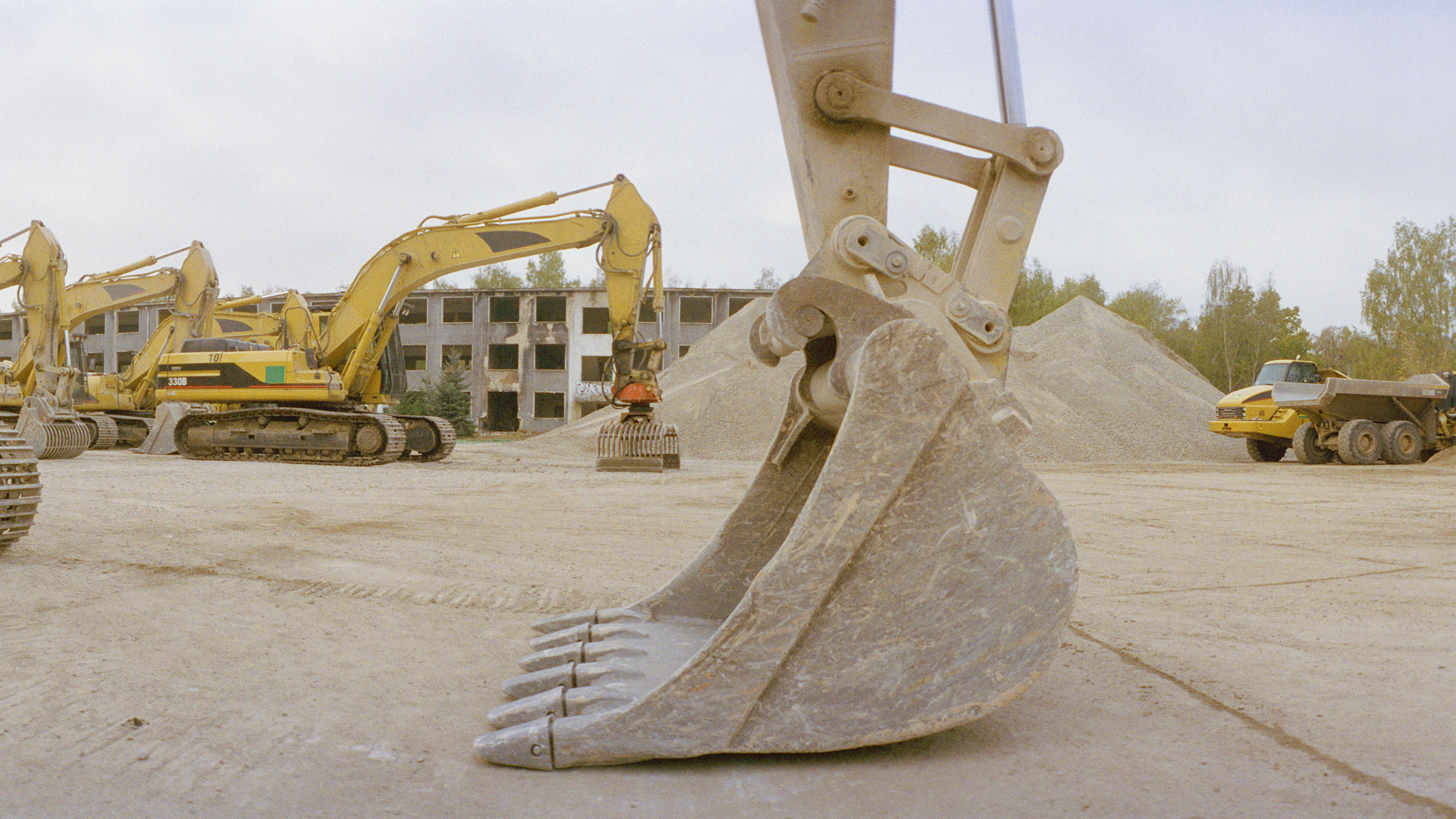Every good construction project starts with a solid foundation to build upon.
For individual construction firms, a strong foundation in this resource- and logistics-intensive industry arguably comes from future visibility—having some ability to see and predict future demand so that the necessary capital, labor force, supply chains, and other inputs are in place at the right time and scale to complete projects.
Unfortunately, the COVID-19 outbreak has set a thick fog upon the industry’s outlook, according to the most recent survey of Minnesota construction firms by the Minneapolis Fed. The survey was executed from Monday, April 6, to Wednesday, April 8, through a partnership of 18 in-state industry associations. It received 678 responses and is a follow-up to a similar survey conducted two weeks earlier.
In general, this second survey of Minnesota construction firms found that the virus has continued to impose delays and worker layoffs, while having the opposite effect on capital spending and outlook. At the same time, steep initial impacts appear to be rounding off some.
New questions on this survey also showed that the industry has comparatively stronger staying power in terms of solvency. There is also modest overall optimism regarding the potential efficacy of emergency federal and state aid programs, with hope that these and other efforts will provide better clarity and certainty for the industry going forward.
Green light, red light
About two-thirds of respondents have seen delays in projects, which is a modest increase from two weeks earlier. The good news is that half of this total saw only a small number of project delays. Not surprisingly, the main source of delay was uncertain project viability stemming from the virus outbreak. Shortages of materials and labor, and the availability of local government approvals, were also cited, but by fewer than 20 percent of respondents in each case.
Some delays don’t fit neatly into a survey check box, illustrating the challenges that construction firms face. A Twin Cities firm in the design field said it has had several projects delayed, some due to reduced workforces. A future residence hall project was halted due to a college closing its campus, and another project slowed when a Wisconsin window manufacturer misinterpreted the state’s initial shelter-in-place requirements, which led to a three-week delay in delivering windows.
Some delays come from new virus-related protocols. A family plumbing business with about 15 employees pointed out that individual projects move more slowly “due to COVID-19 protocol of not having other trades on site at the same time … not sharing tools or equipment, and riding separately in vehicles.” A home builder in central Minnesota agreed: “Tasks take longer, so we need to hire more people to complete tasks. ... Although it seems beneficial to hire more people for the economy, we now need four people to do a three-person job. So my costs are more, but sales price is the same.”
Whatever their source, project delays and cancellations have forced 43 percent of responding firms to cut at least some staff (Chart 1). Fortunately, over the coming month, that share is expected to increase by only a few percentage points, according to respondents, though their level of uncertainty also rose.
The back flip that many firms have had to do on labor is a painful and ironic one. Pre-virus, sector growth was being held back because firms could not find the necessary labor. Decisions to cut workforce now do not come easily. Many firms are wary of cutting staff, knowing how hard they have had to battle to find and retain workers up until about six short weeks ago.
A home construction contractor in the southeastern part of the state said that back in the Great Recession, the firm laid off a project coordinator. “It was the worst mistake I’ve made. … I rehired her, [but] it took a long time to regain her trust, and now she is my most loyal employee. I can’t do that again.”
Uncle Sam to the rescue, maybe
The survey offered a few nuggets of optimism, or at least perseverance; 23 percent of respondents said their firms could remain solvent for less than three months under current conditions. That’s almost 30 percent lower than the rate among businesses across all sectors (taken from a similar Minneapolis Fed survey a week earlier, with close to 1,900 responses). Less than 1 percent of construction firms said they could remain solvent for less than one month, compared with 5 percent of businesses in the general survey.
A small majority of construction firms also had at least some optimism that federal and state emergency aid programs would help their firm, and a notably higher share believed it would help the businesses in general (Chart 2).
The survey was conducted shortly after aid programs were implemented, and many were awaiting word on applications. A central Minnesota firm in the design and engineering field said that if it can get money from the Payroll Protection Program, “we can be fine for the next two months or so. If not, we’ll be in pretty tough shape by June.”
A Twin Cities architecture firm noted that it had already cut staff to half-time “until we receive disaster assistance or projects on hold come back online. … We need immediate assistance to bridge ourselves until we can implement adjustments, and we need the markets to stabilize enough for clients to regain some confidence and resume spending on their design/construction projects again.”
Not all are confident that aid will arrive. A home builder in the Twin Cities said it was having trouble locating a willing lender. “All the banks we have contacted are taking care of their own commercial customers. Once all of them are taken care of, then they will consider noncommercial customers. … I doubt we will end up with any aid whatsoever.”
Overall, the industry outlook remains sour, according to the survey. Visibility of future demand is low, pushing many to rethink their objectives for the year. An architecture firm in northeastern Minnesota said there were plans for “major growth and change within the company this year.” That’s changed. Now the firm is “working hard to keep our current team and work on adapting the business to what we foresee being the new normal.”
But similar to the Great Recession, some firms see the challenge and are willing to lean into it.
“You can look at what’s ahead and curl up in a ball and cry about it,” said a contractor in the southeastern part of the state, “or put your head down, charge ahead, and work harder than everyone else to be prepared for when the economy bounces back.”
This survey was conducted with the assistance of the Aggregate & Ready Mix Association of Minnesota, American Council of Engineering Companies of Minnesota, American Institute of Architects Minnesota, Associated Builders and Contractors of Minnesota, Associated General Contractors of Minnesota, Association of Women Contractors, Builders Association of Minnesota, Design-Build Institute of America-Upper Midwest Region, Housing First Minnesota, Minnesota Asphalt Pavement Association, Minnesota Builders Exchange, Minnesota Concrete & Masonry Contractors Association, Minnesota Construction Association, Minnesota Electrical Association, Minnesota Mechanical Contractors Association, Minnesota Subcontractors Association, Minnesota Utility Contractors Association, and Sheet Metal, Air Conditioning & Roofing Contractors Association.
Ron Wirtz is a Minneapolis Fed regional outreach director. Ron tracks current business conditions, with a focus on employment and wages, construction, real estate, consumer spending, and tourism. In this role, he networks with businesses in the Bank’s six-state region and gives frequent speeches on economic conditions. Follow him on Twitter @RonWirtz.






